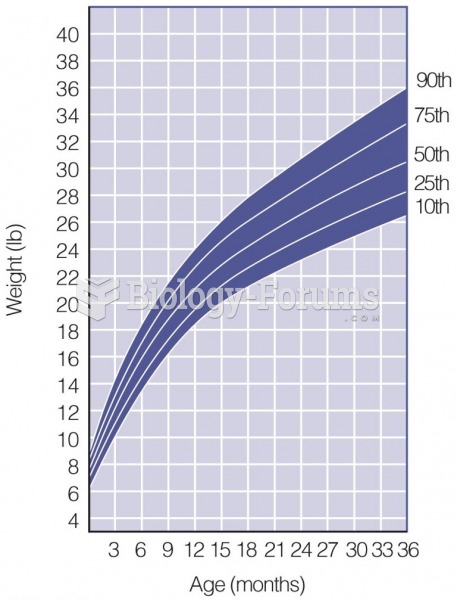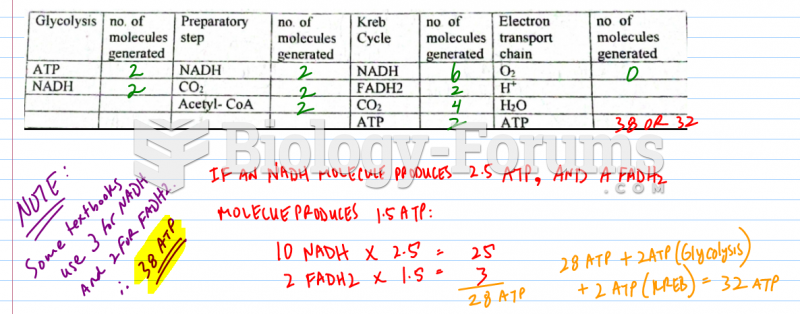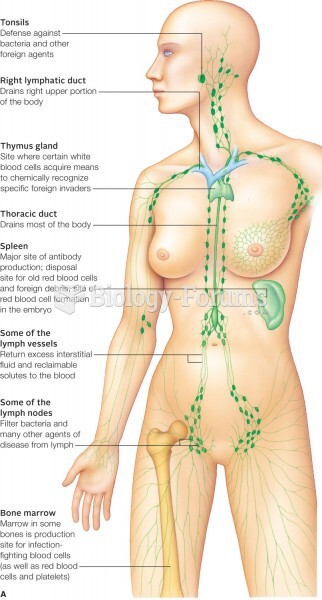Answer to Question 1
Every dietitian has their own style and mannerisms in chart writing but the basics are included in this chart note. Following is a transcript of the chart notes:
8/1/98 CC: This malnourished cachexic 73 YOW admitted via ER c fx L femur, malnutrition & dementia. Pt found home on floor conscious but in pain & unable to move L leg. X-ray confirms L femur fx. Severely malnourished. Labs pending, suspect they will confirm dehydration.
MH: Hx of GI distress - gastric burning, constipation. Frequent HA resulting in ASA abuse. Clinoril for arthritis. Dentures, eyesight, hearing. ETOH abuse/tobacco abuse.
L: BR, FF to hydrate, prot mech soft diet c nourishments t.i.d. D5NS 75 cc/h c i amp MVI & MTE-4 qd. Thiamin 50 mg IM ea hip qd x 3d, Mg SO4 i g R hip qd x 3d, folate i mg p.o. qd. R/O malignancy/Alzhiemers. RD to see pt.
8/1/98 Nutrition: S: Pt's son states: My father has been depressed and has not been eating well. He has
1530 lost wt. gradually over the past yr.. Food preferences were obtained from the son.
O: 73 YOW Ht. 6' Wt. 133 UBW 165 RBW 178 10. Labs: glu 181 mg/dl, BUN 40 mg/dl, & CPK 325 U/L; H&H . Diet order: High protein, mechanical soft diet c nourishments. Dx: Malnutrition, fx L femur, dementia, dehydration.
A: 32 weight loss in past year. 75 of RBW & 81 of UBW. Pt dehydrated - when hydrated, expect to see labs change & provide more indications of malnutrition. Agree c nutritional plan.
P: Will send diet as ordered c kcal, prot nourishments t.i.d. Will visit pt c diet tech during mealtime to evaluate intake and will start a calorie count x3 days to determine kcals & prot intake. Will reevaluate p 3 days of kcal count & pt has been hydrated.
Tube Feeding Drill:
Since the answers to both of these questions will depend on the tube feedings the instructor and students selects, the individual answers of each student will need to be compared to the enteral products lists in Appendix E.
Answer to Question 2
Some examples of suggestions could include: obtaining a complete list of food likes and dislikes from Mr. D and his son and daughter-in-law; preparing his food with garnishes to make it more attractive; making sure it was soft enough and seasoned enough; playing music and providing a pleasant environment while eating; trying to avoid letting him eat alone; and inviting an old friend, neighbor or family member over to eat with him on occasion.







